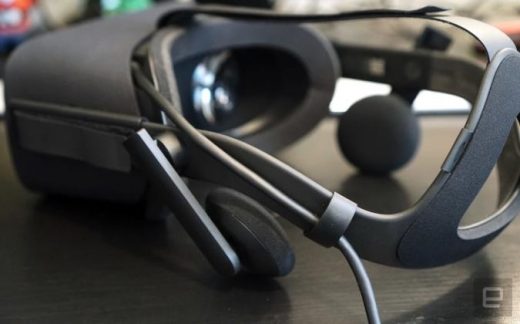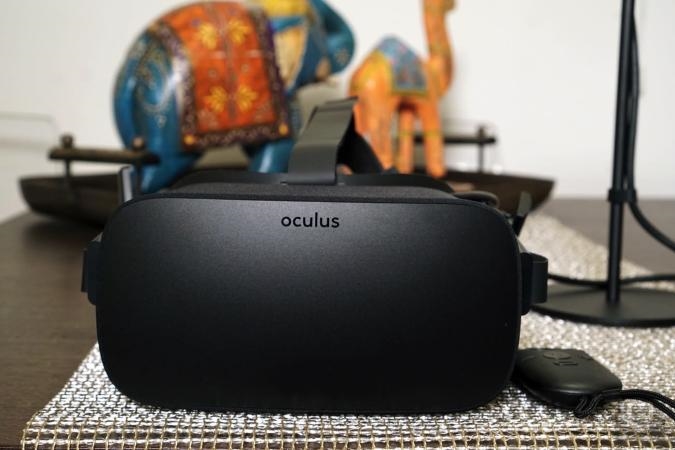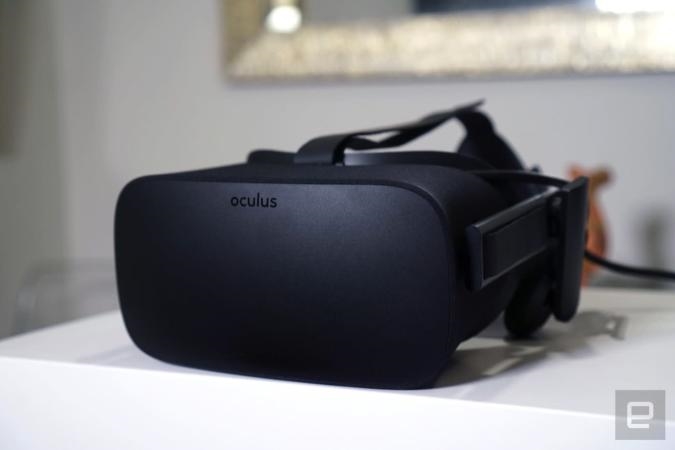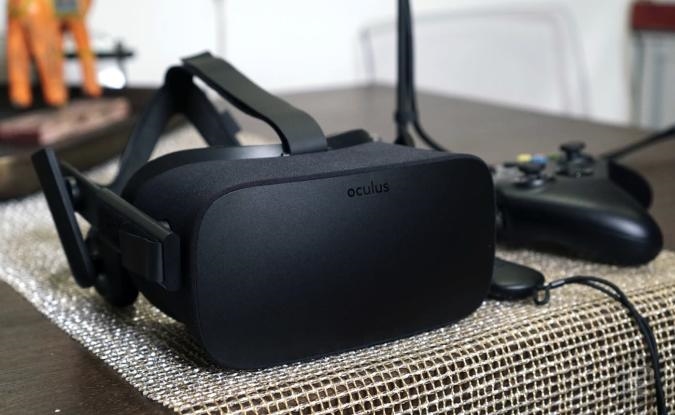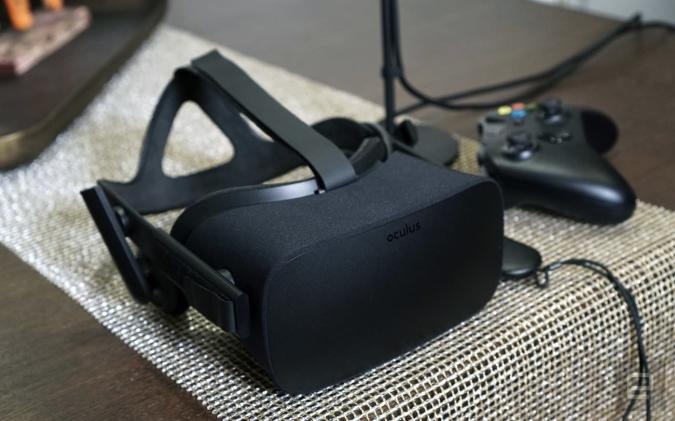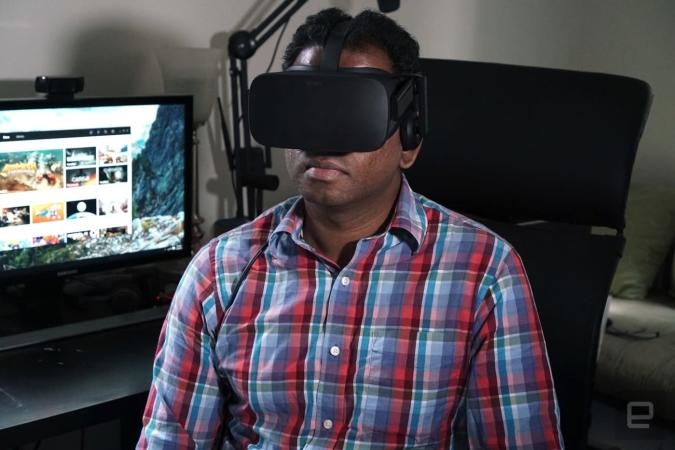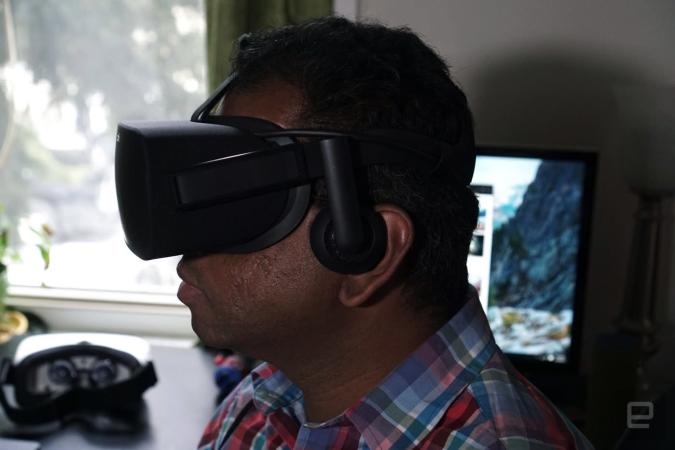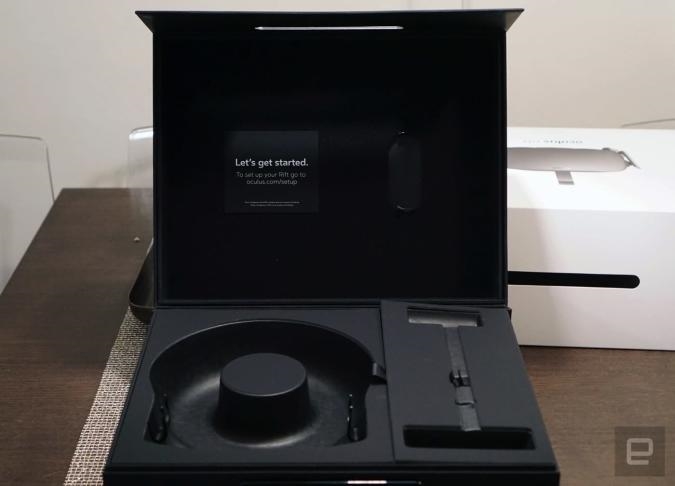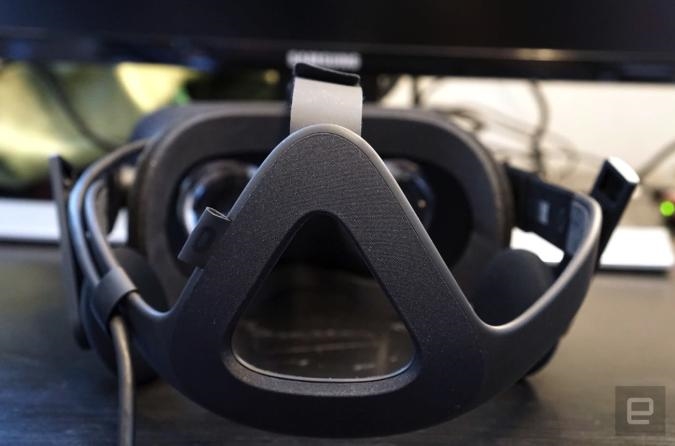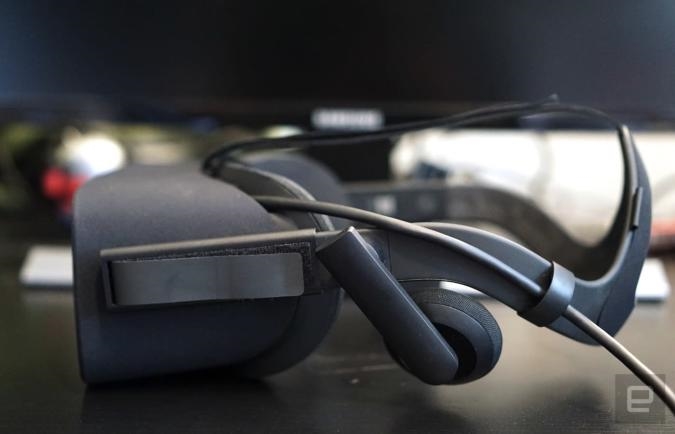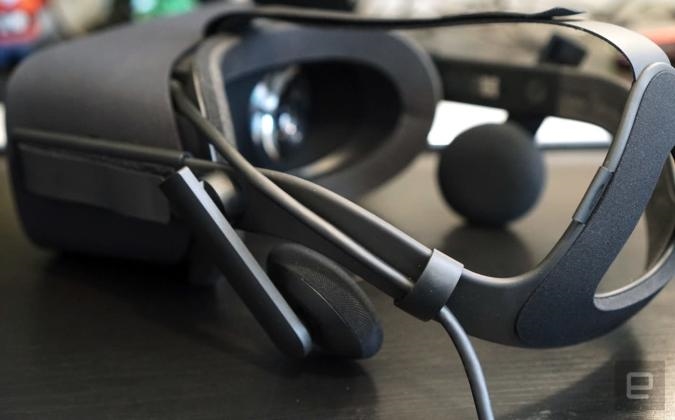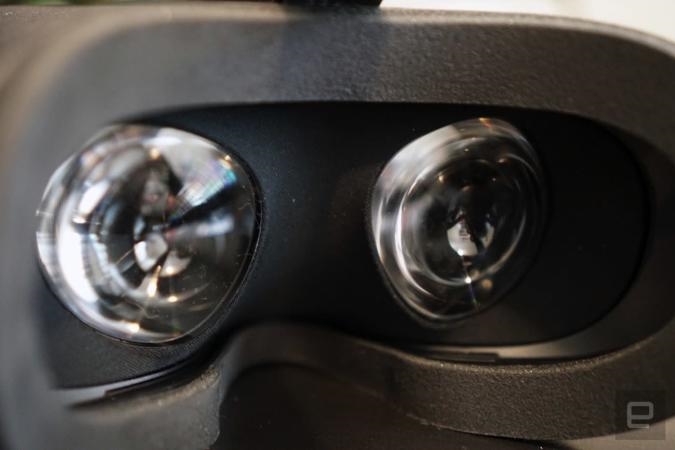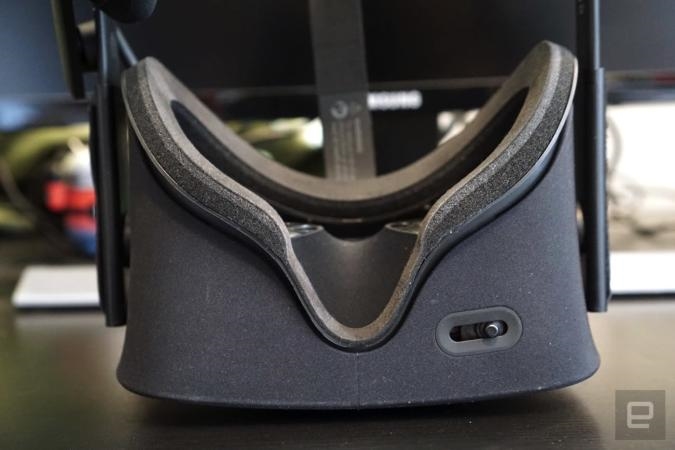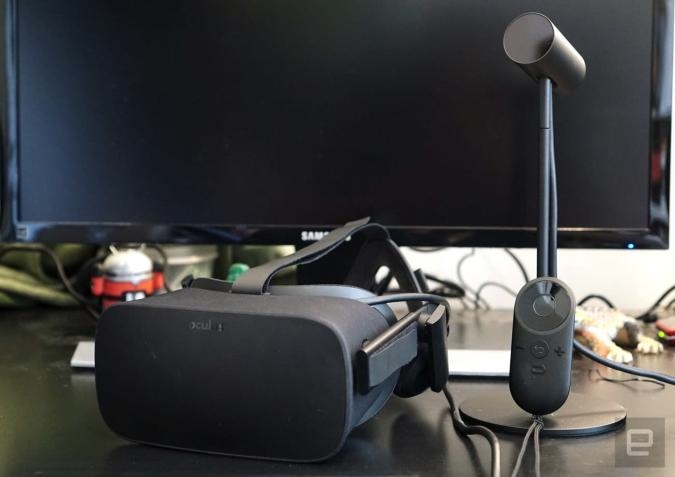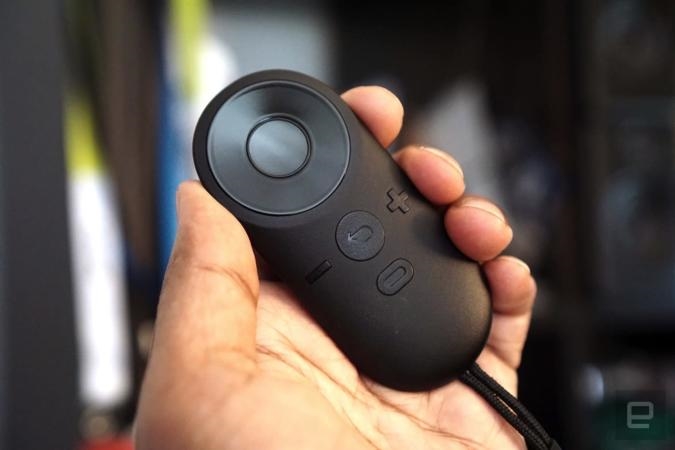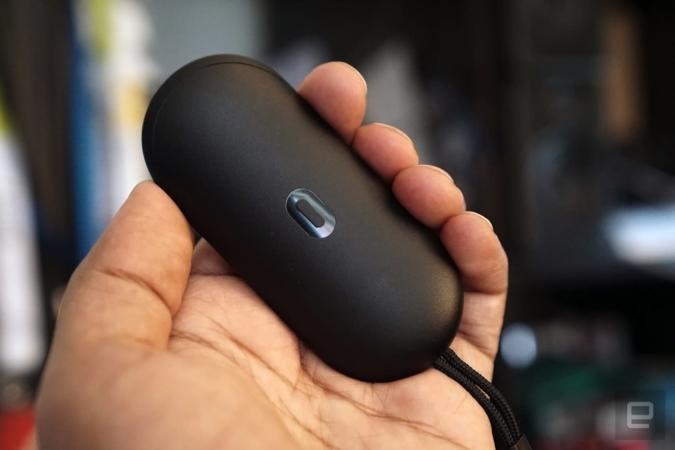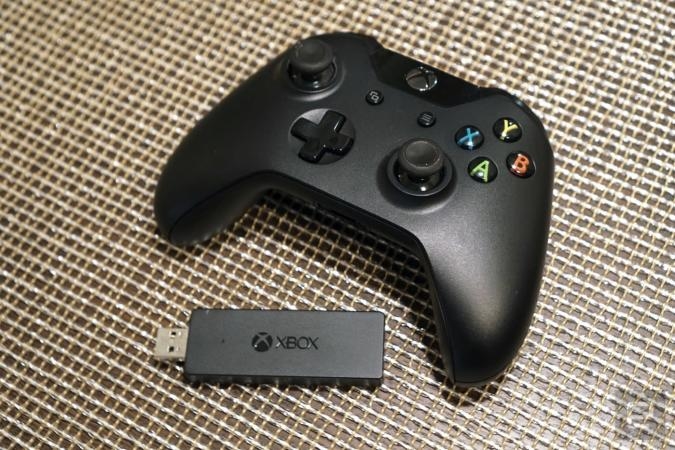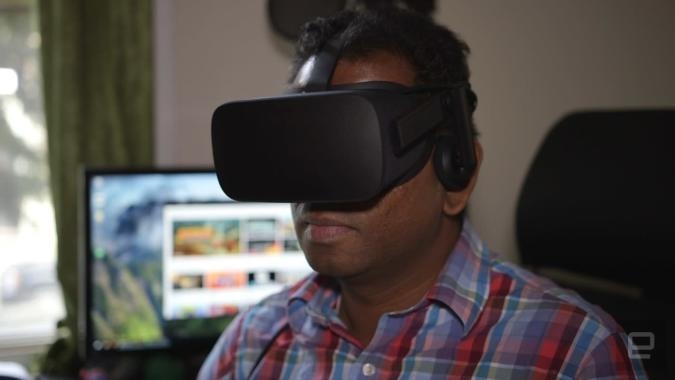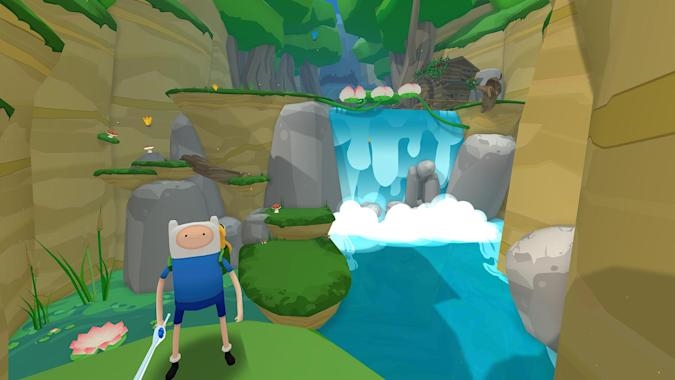The Vive Focus 3 is the best standalone VR headset and no, you should not buy it
Oculus Rift review: High-end VR is here — if you can pay
The Rift requires lots of hardware and a big investment, but it’s worth it.

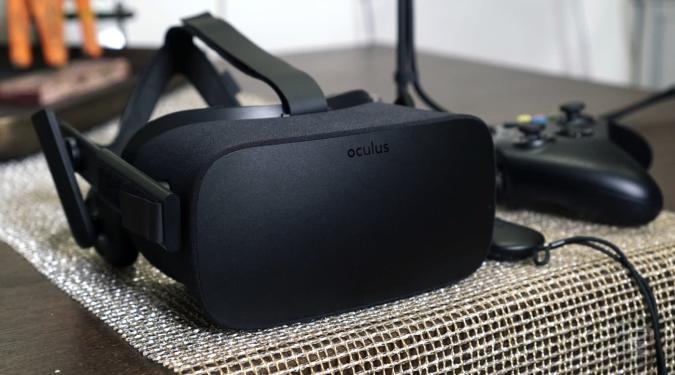
Phones and tablets are getting boring. And the excitement around smartwatches was, to put it kindly, short-lived. And then there was virtual reality. What used to seem like a science fiction pipe dream has, in the span of a few years, become the next potentially groundbreaking technology platform. So saying that the Oculus Rift has a lot to prove is an understatement. If it fails, it could destroy the virtual reality market before it even gets started. No big deal.
But after spending a week with the Oculus Rift, I have no doubt that its approach to virtual reality is indeed the real deal. It’s well built and easy to set up, and there are already a few games and apps that’ll make VR believers out of the most ardent naysayer. The only problem: It’s $600 and requires a powerful gaming PC. Just as with every new technological milestone, it has the potential to change the world. But at this early stage, only a few can afford it.
Gallery: Oculus Rift review | 17 Photos
10 reviews
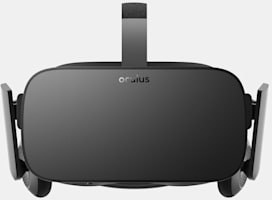
Pros
- It’s capable of fully immersing you in virtual worlds
- The headset is light and comfortable
- Offers a solid ecosystem of VR apps and games
Cons
- It’s too expensive for most, and requires a powerful gaming PC
- Glasses wearers will have to deal with some slight discomfort
- Motion controller not available at launch
- Might lead to motion sickness
Hardware
The Oculus Rift is basically a head-mounted box holding two OLED displays (one for each eye) running 1,200 by 1,080 pixels at 90Hz. There’s an integrated gyroscope and accelerometer, and the headset also works together with the included IR sensor for 360-degree head tracking. Oculus has even added built-in headphones, and there’s a microphone embedded as well. But perhaps more important than all of that technology: The Rift is also light (around 0.8 pounds) and easily adjustable.
Indeed, after living with the second Oculus development kit for over a year, the consumer Rift feels like a major step forward. It even feels lighter than a Gear VR with a phone attached (no surprise, since the Rift doesn’t need much hardware on the headset.) There’s only one main cable leading from the headset, and it splits into USB 3.0 and HDMI cables. It’s far less cumbersome than the Vive Pre, which is heavier and has four long cables coming out of its headset.
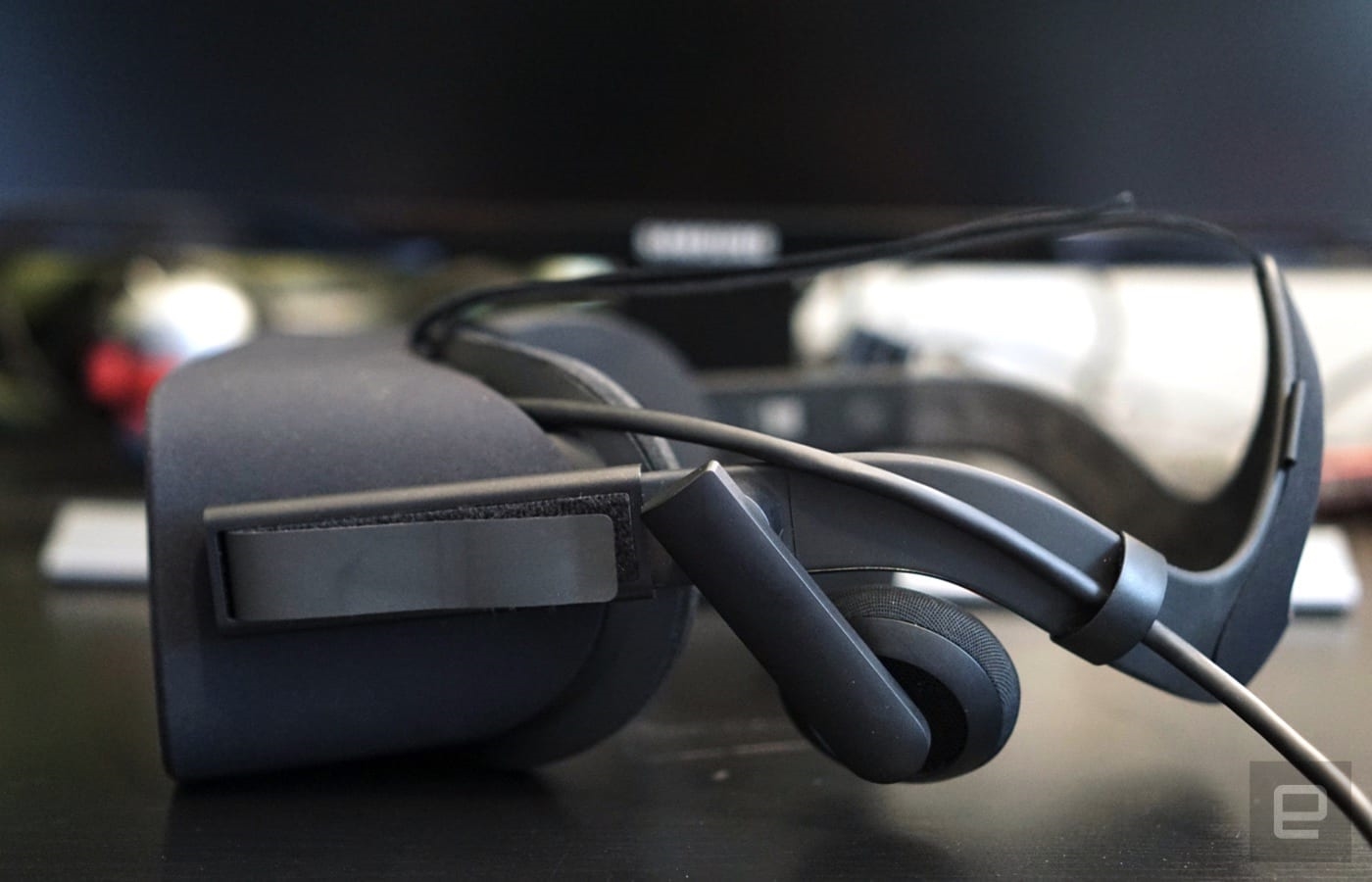
You can adjust the Rift with three velcro straps: two on the side and one on the top. The headphones can also be maneuvered in a variety of ways to suit your ears, and you can take them out entirely if you’d rather use your own headphones. (As I explain below, that’s not really necessary.) There’s removable padding around the sides of the headset (Oculus also includes a replacement face pad), as well as soft cloth lining surrounding the actual displays. A sensor inside the headset turns on the displays when it’s covered (which avoids burning them out), and there’s also a small switch on the bottom to adjust the lenses to your pupillary distance.
Inside the (impeccably designed) box, you also get the aforementioned sensor with a desk stand (it can also be mounted on a tripod), a small Oculus remote and an Xbox One controller and wireless adapter. No, there aren’t any motion controllers yet. We’ve seen (and felt) them over the past few months, but Oculus still hasn’t announced when they’re coming or how much they’ll cost.
There’s not much to report about the Xbox One controller: It’s exactly the same as what comes with Microsoft’s console, and you’ll be relying on it as your main gaming controller. I’ve also been using Microsoft’s wireless controller adapter since it came out last year, and it goes a long way toward making PC gaming feel like just playing on a console. You use the Oculus remote to navigate apps while wearing the display, and it also lets you control the headphone volume.
Setup
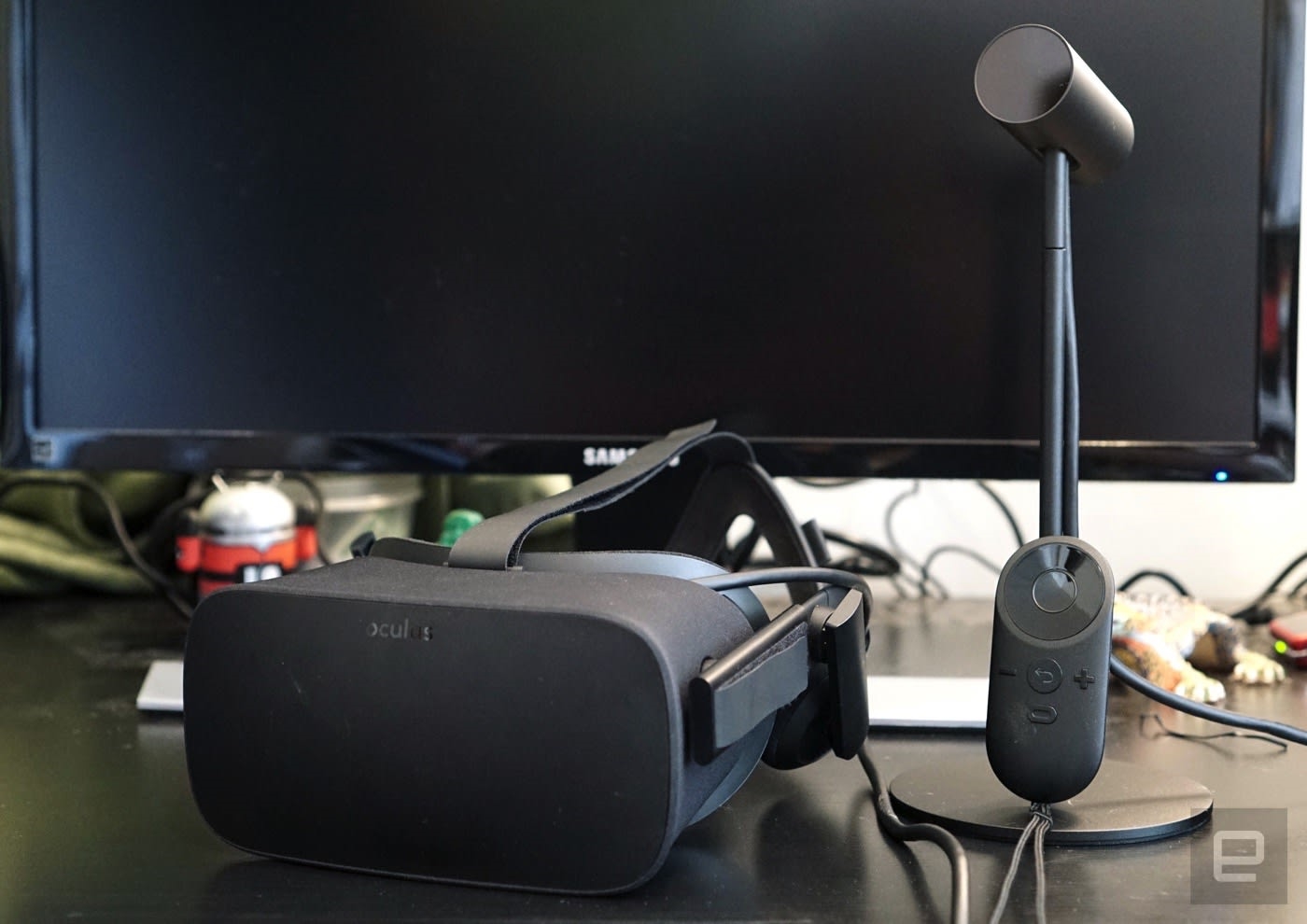
Before you can do anything with the Rift, you need a Windows PC that can actually handle it. At the minimum, you’ll need to have an Intel Core i5 4590 (or equivalent) processor, 8GB of RAM and an NVIDIA GTX 970 or AMD Radeon 290 video card. Those aren’t excessive specs — you’d find the same sort of hardware in a midrange gaming PC — but if you’ve got an older desktop, or you’re starting from scratch, it might cost you a bit to upgrade. To make things easier for newcomers, there are also “Oculus ready” PCs from the likes of Alienware, ASUS and Dell starting at around $1,000 with the purchase of a Rift. And of course, you’ll have to add at least another $200 for a monitor.
I spent most of my time with the Oculus on my home-built desktop PC, which is powered by an Intel Core i7 4790k CPU running at 4GHz, 16GB of 2400MHz DDR3 RAM and an R9 Fury X GPU on loan from AMD. (I chose most of those parts last year, aside from the video card, with the express purpose of being ready for the rise of VR. For once, I wasn’t burned by planning ahead.) I also received, from Oculus, an ASUS ROG G20 gaming PC powered by an NVIDIA GTX 970 for testing, which gave me a sense of how a slightly slower machine handled VR.
Once you’ve got a capable rig, it doesn’t take much to get the Oculus Rift up and running. Just plug the headset into a USB 3.0 port and HDMI port on your video card, then insert the sensor’s cable into another USB 3.0 port and place it somewhere on your desk. From there, the Oculus Windows app leads you through the process of configuring and customizing the Rift. You might be prompted to install some video card updates before you get started (I had to download some freshly baked Radeon beta drivers myself).
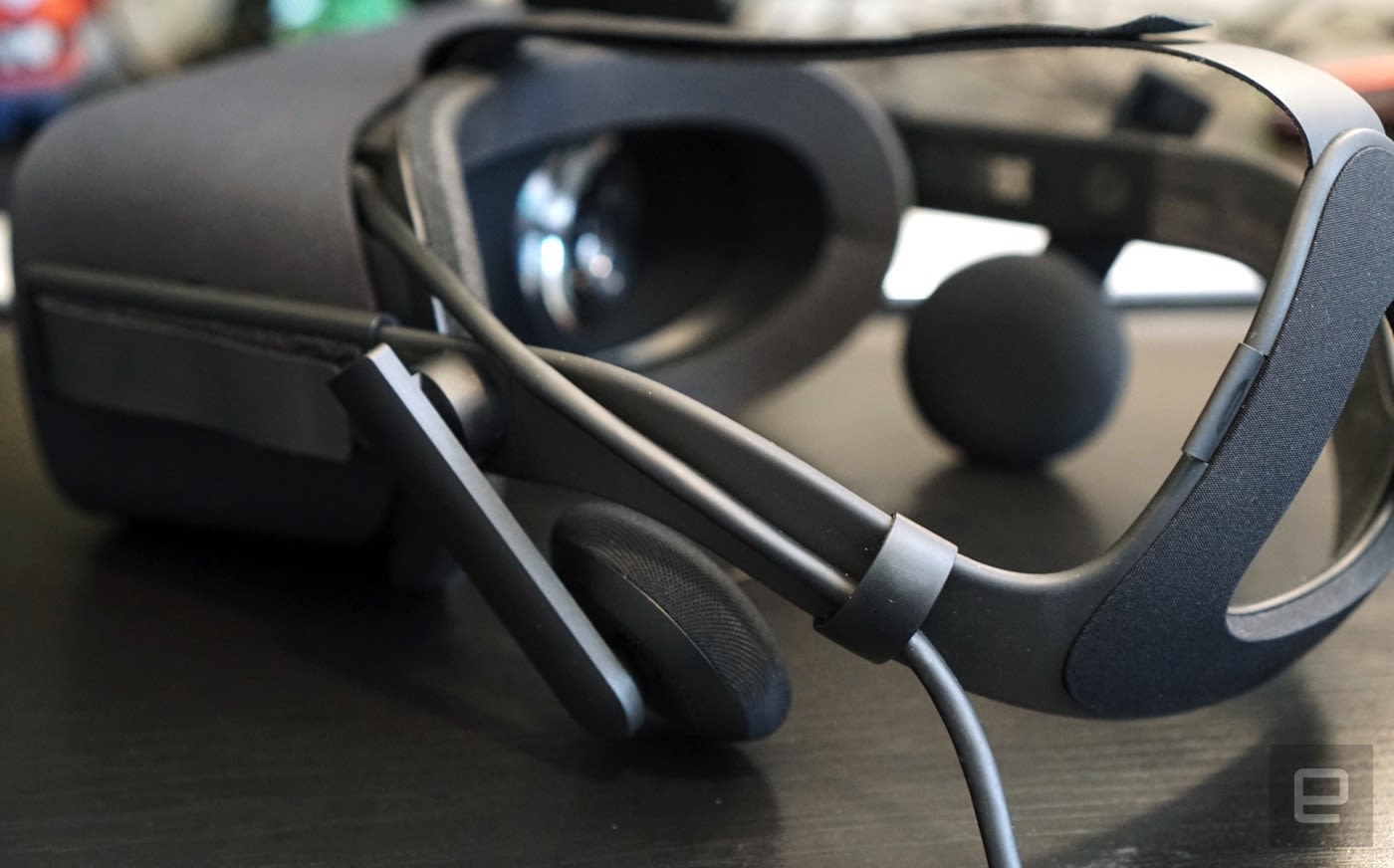
Learning how to put on the Rift, and customizing it to be comfortable for long periods, takes a bit longer. It’s extra difficult for me, since I need my glasses to fit comfortably under the headset. If you’re wearing contacts, or have good vision, the whole process will probably be a bit easier. I only had to adjust the side velcro straps once, but the top strap is something I’ve ended up readjusting every time I wear the Rift. After a couple of days, I figured out how to put on the headset pretty easily, though it still takes my glasses off whenever I remove it. Every. Single. Time.
The built-in headphones were surprisingly one of my favorite parts of the Oculus Rift. They swing up so they’re out the way when you’re putting on the headset, and they can articulate in many directions to fit a wide variety of ears. They also sound pretty great, with a decent amount of clarity and bass oomph. That’s not something you see very often with over-ear headphones. You can always remove them if you’d rather use your own, but I’ve always found it difficult to juggle a VR headset with extra audio gear. I wouldn’t be surprised if most Rift users just stick with them.
Software
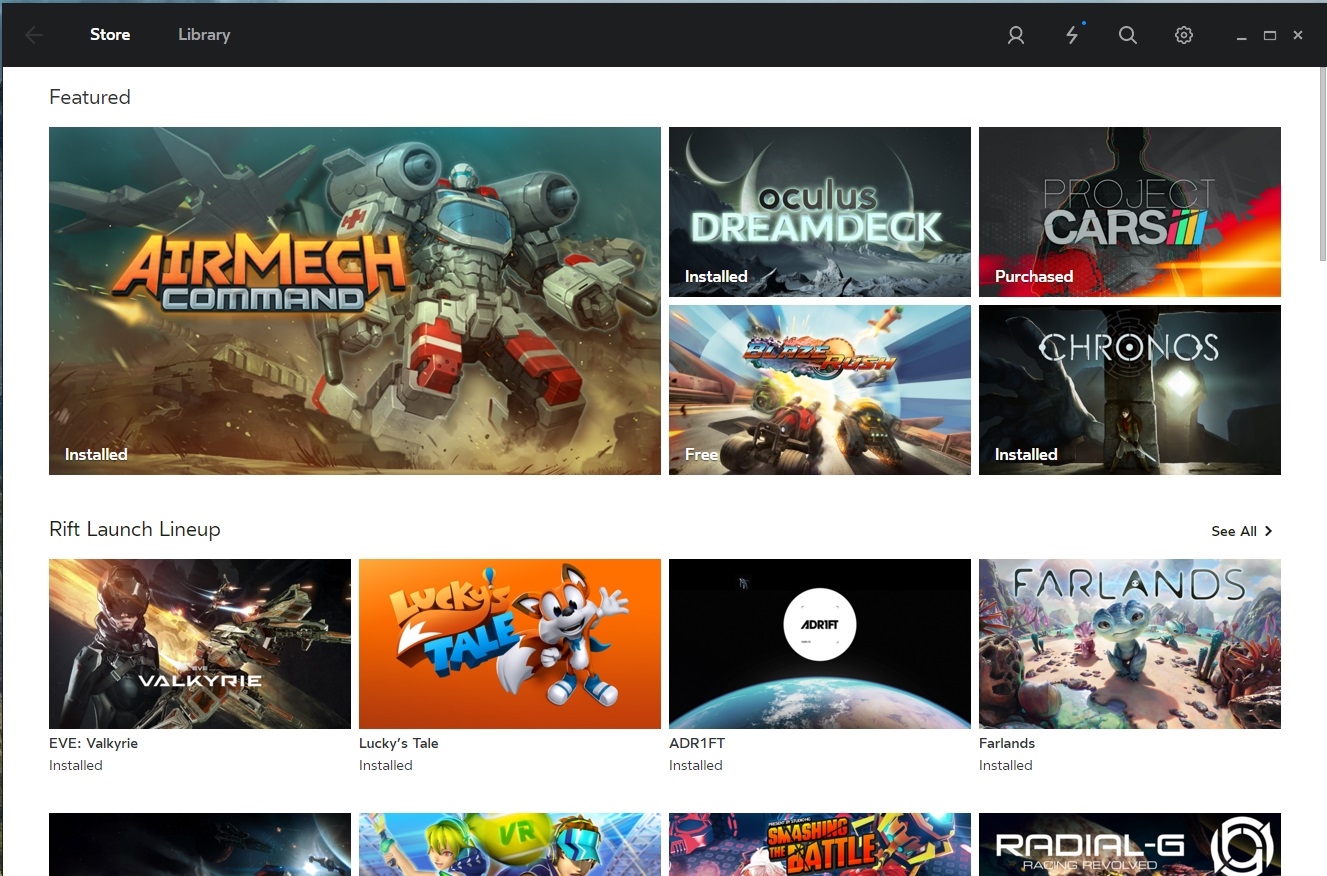
You’ll have to rely on the Oculus app for just about everything, and thankfully, it’s pretty easy to use. It’s clean and well designed, with an overall layer of polish that’s surprising for a first-gen product. It highlights some games and apps from the Oculus store, but it’s also fairly simple to browse through categories or search through titles.
Taking a cue from every other app store out there, each entry includes screenshots and a description and also lists the VR comfort level. “Comfortable” describes games with little movement, “moderate” steps that up a bit, and “intense” is reserved for experiences where you may be running, jumping or turning your head quickly. The app store also lets you know if a gaming controller is required.

Naturally, the Oculus app also houses your entire library of content, and lets you configure settings for your headset. Grabbing content from the store is fairly straightforward, though you sometimes have to click through an extra dialog to finish installing an app (due to Windows permissions limitations).
Just a year ago, I was relying on ugly software with complicated settings every time I wanted to do something with the Oculus DK2. Just getting a game to launch properly in that headset was a chore. Now you just have to launch the Oculus desktop app, put on the headset, and pick your virtual poison. It’s that sort of ease of use that Oculus — or any VR company, really — must offer to appeal to consumers.
Putting on the Oculus Rift automatically launches a slightly more interactive version of the Oculus desktop app within the headset. You’ll be able to do everything you can with the desktop program, but you have the added advantage of easily jumping into games. You also return to the core Oculus application whenever you hit the home button on the remote, or the Xbox One remote. (Yes, it’s a bit weird that hitting the giant Xbox logo brings you into a Facebook-owned app.)
In use
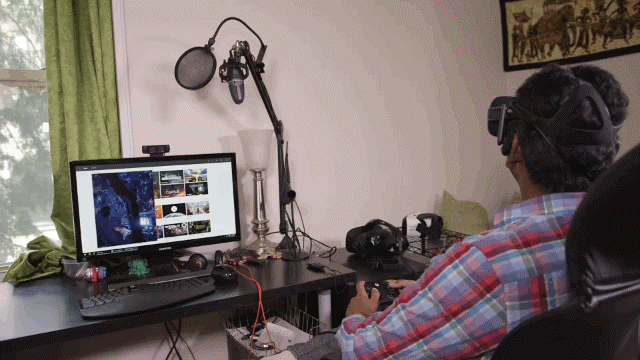
Two words you’ll hear a lot when it comes to VR are “immersion and presence.” In this context, they refer to creating experiences that fully make you feel like you’re a part of a virtual world. Long before the Oculus was a glimmer in founder Palmer Luckey’s eye, VR researchers were focusing on these concepts. It’s worth remembering that the schlocky gear we saw in 1992’s The Lawnmower Man doesn’t look much different from what we’re seeing today.
So how does the final Oculus Rift hardware fare when it comes to the concepts of immersion and presence? Surprisingly well, it turns out. Over the past week, I’ve been a space pilot dogfighting in distant galaxies in Eve: Valkryie. I’ve been a part of a live-action Adventure Time story. And I’ve seen aliens up close up on their home planets with Oculus’ own Farlands. Of course, the quality of VR experiences varies, but it’s heartening to see some quality content so early in the game.
You do have to look beyond some limitations of the Oculus Rift to fully immerse yourself, though. Sometimes the resolution of the OLED displays can make things look noticeably pixelated (this is one area where 4K mobile displays are going to be a big help). The nature of the Oculus’ optics often makes the imagery shown on the sides of the displays blurrier than what’s in the center. You still have to deal with a long cable coming out of the headset. And of course, most of the time you’re still just sitting in a chair with an Xbox One controller. I haven’t yet tested out the final, consumer-ready version of the HTC Vive, but the Vive Pre developer kit ended up delivering even greater presence in some games with its motion controllers.
I didn’t run into any performance issues with my home PC, but most games are also smart enough to choose the best settings without stressing your system. I cranked the visual performance all the way up to “Ultra” in Eve: Valkryie and felt nothing but pride. I also had no complaints with the ASUS ROG G20 desktop, even though it was running a slightly slower video card.
One question I keep getting asked about VR: Will it make me sick? Fortunately for me, I’m not very susceptible to motion sickness, but I’ve talked to some people who feel woozy after even brief VR demos. If you’re the sort who needs to pack Dramamine when you travel, be sure to pay close attention to Oculus’ comfort levels. Oculus has also implemented a new feature called Time Warp that should help avoid some graphic issues that lead to motion sickness.
I was able to wear the Oculus Rift for about an hour typically without needing a break. Eventually, my face would get a bit sweaty and my eyes would start to feel dry. It might just be my sensitivity to light, but wearing any VR headset eventually makes me feel like I’m sitting through Clockwork Orange–esque torture. And, needless to say, I also learned that it’s not smart to spend time in VR ahead of bedtime. If blue light from our phones and computers can interfere with sleep, just imagine what a bright OLED screen right in front of your eyeballs does.
Games and apps
I basically had a smorgasbord of VR content at my fingertips while testing the Oculus Rift, but mostly I ended up returning to Eve: Valkyrie and Lucky’s Tale, both of which are bundled with the Rift. In fact, they’re impressive enough that I’d dare call them the first VR killer apps.
Gallery: Oculus Rift Games | 14 Photos
If you were a fan of the Battlestar Galactica reboot, or just always wanted a believable spaceship shooter, Eve: Valkyrie will make you a believer in VR. It’s the most graphically impressive VR title I’ve seen, with richly detailed space environments. I often simply flew around just to take in the scenery.
When the action gets hot and heavy, though, Eve also shows how VR lets you do things that would be impossible on a normal screen. To target enemies with your missiles, for example, you have to physically look in their direction with your headset. That leads to some truly head-turning maneuvers if they’re flying above or right beside you. I was also able to target enemies around me while also hammering away at the pour soul in front of me with my front guns.
Lucky’s Tale is far less violent; it’s more reminiscent of 3D Mario games (with a lead character who looks suspiciously like Tails from Sonic). You get a third-person camera view with the VR headset, and you control the main character as he hops around and fights enemies, just like a typical platformer. That may sound disappointing, but the game’s real beauty is in letting you simply look around.
Peering right usually shows you all of the obstacles ahead in a stage, and you can also look back on everything you’ve conquered. You can peer over ledges and, surprisingly, even lean down to get a closer look at character models and environments. (I particularly enjoyed getting a close look at small things, like butterflies floating around, or dandelion spores that get blown into the air.) Lucky even gets a bit cheeky when you try to get down close to him. It also helps that the game itself is genuinely fun to play, with a charming soundtrack and colorful environments.
Lucky’s Tale is a great example of how even third-person camera angles can benefit from VR. It’s not just about getting a first-person view; simply being able to look around and appreciate the scope of environments can add to a game’s presence. I also noticed something similar with the Adventure Time VR game, which isn’t as detailed as Lucky’s Tale but really makes you feel like a part of its cartoon world.
We’ve already written impressions about some of the 30 titles launching with the Oculus Rift, but I also dabbled in just about everything I could find. Chronos is a solid attempt at creating a Zelda-like adventure game, with a tad of Dark Souls in there for good measure. It also uses a third-person camera, but it’s in a fixed perspective, similar to the early Resident Evil games. Some of those angles were creative, but I would have preferred a free-floating camera like in Lucky’s Tale.
For a change of pace, there’s Into the Dead, an infinite running game that has you zipping through a field of zombies. It’s fairly simple: move left or right, acquire weapons, and try to avoid getting eaten by zombies. The gameplay is a bit limiting, but it still manages to make you feel like you’re surrounded by countless zombies. I also had fun with Radial-G, a futuristic racing game similar to Wipeout, as well as Project Cars, an elaborate racing simulation.
On the entertainment front, I sat through plenty of 360-degree videos in the Oculus Video app and JauntVR, as well as Oculus’ original VR series Henry and Lost. For the most part, they were all things I had already seen on the Gear VR and other demos, so they weren’t as exciting as fresh new games. It’ll be interesting to see if more companies start producing higher-quality 360-degree experiences, though. Right now, many of the VR videos are surprisingly low-res.
Since you have access to all of the same videos on the $100 Gear VR, watching any sort of media on the Oculus Rift almost feels like a waste. I’d rather be diving into virtual games that take full advantage of my computer’s hardware. VR videos are also far more suited to viewing on a completely wireless device like the Gear VR, rather than a complicated headset tethered by a cable.
Ultimately, the Oculus Rift proves that virtual reality is a viable way to experience games and new types of media. I’ve played games projected on a 100-inch screen, and that’s still not nearly as immersive as what the Rift provides.
The competition
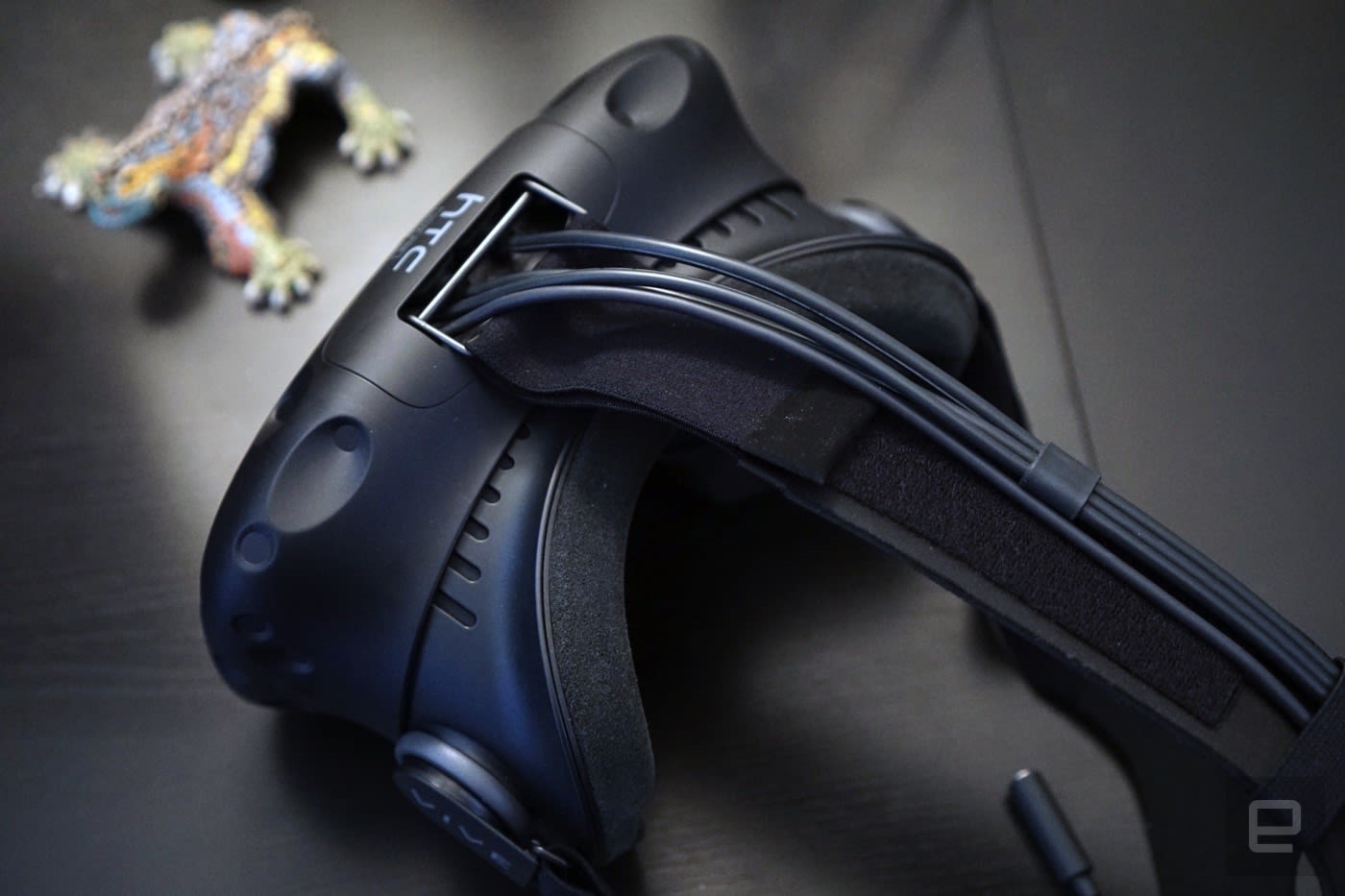
Do I really have to spell this out? Over the next few months, it’ll be the Oculus Rift and HTC’s Vive, which is powered by Valve’s SteamVR platform, battling for VR dominance. At $800, the Vive is a bigger investment up front, but it also includes two motion controllers, sensors for room-scale VR and slightly better VR imaging technology. You’ll be paying more for the Oculus motion controllers later this year (and we still don’t know by how much). The Vive doesn’t come with an Xbox One controller, but that’s something most PC gamers probably already have lying around the house. The two platforms also share the same minimum specifications.
Really, your choice between the Oculus Rift and Vive comes down to games. The Rift comes bundled with Eve: Valkryie and Lucky’s Tale, while the Vive comes with Fantastic Contraption, Google’s Tilt Brush and Job Simulator. It wouldn’t be a platform war without exclusives, either. Right now, Lucky’s Tale will be exclusive to the Rift and, naturally, anything developed by Valve will stick with the SteamVR-powered Vive.
And of course, the PlayStation VR is coming this October for $400 to $500, depending on which bundle you get. That may be the easiest option for most gamers, since it requires just a PlayStation 4. But given that that console makes use of aging components, you won’t be reaching nearly the same level of graphical quality as you would with the Rift or Vive on a gaming PC.
Wrap-up
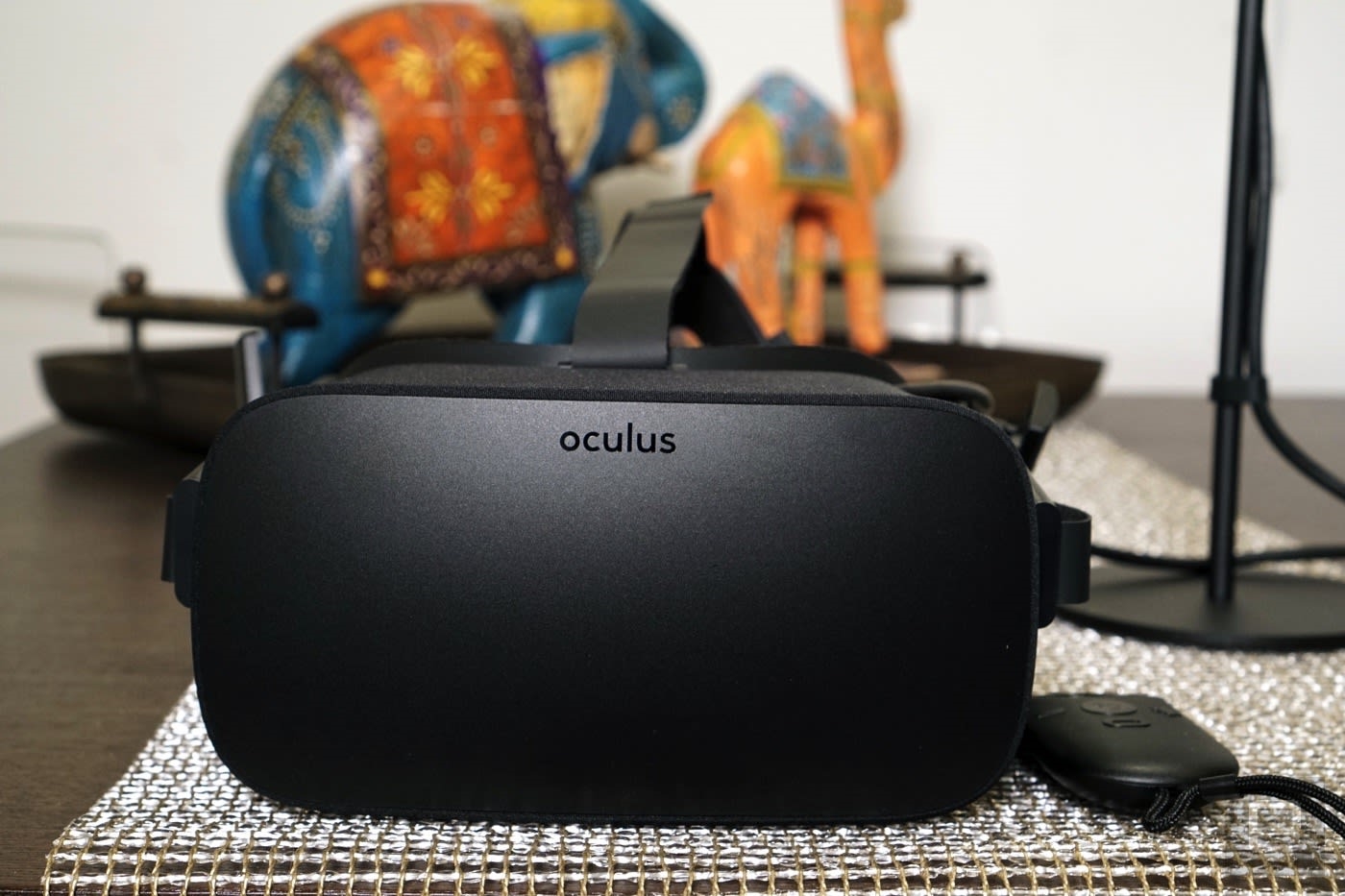
Even after spending the better part of a week with the Oculus Rift, it’s still hard to fathom that virtual reality is something I can just jump into at home. It’s almost as easy as flipping on a game console or turning on the radio. It’s even harder to believe that we have a first-generation technology product that mostly lives up to all of the hype, and decades of geek fantasies.
But as with any first-gen product, there are a few flaws with the Oculus Rift. The imaging technology still isn’t perfect, and it requires a significant amount of powerful gaming hardware. The price is understandable, given that it’s leading us into an entirely new form of computing. But it’s also hard to champion the Rift completely when few people can afford it. It’s the very definition of elite technology.
Hopefully in a few years, when the hardware gets cheaper, VR will have something for everyone. Right now, though, the important thing is that it actually exists.
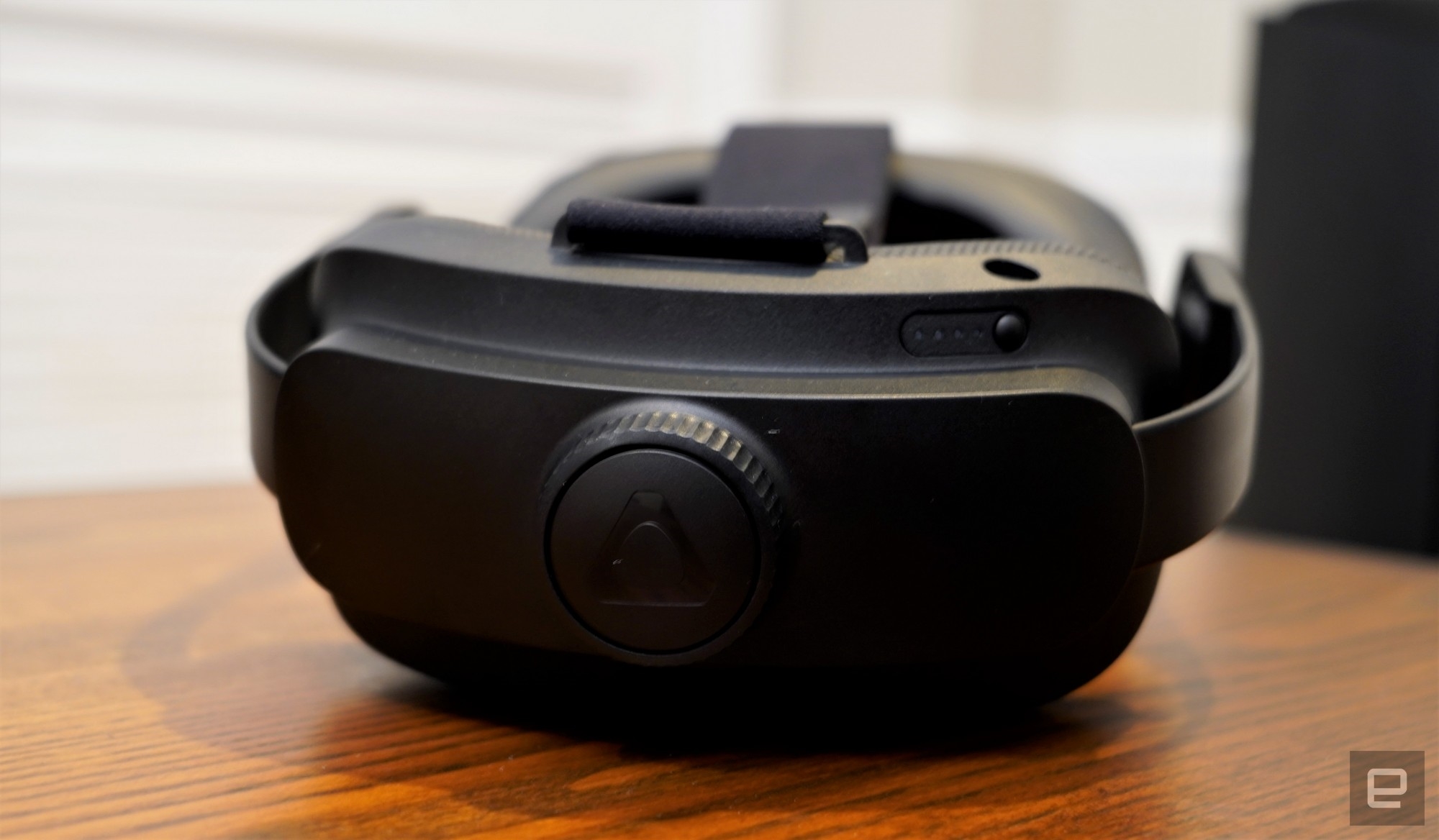
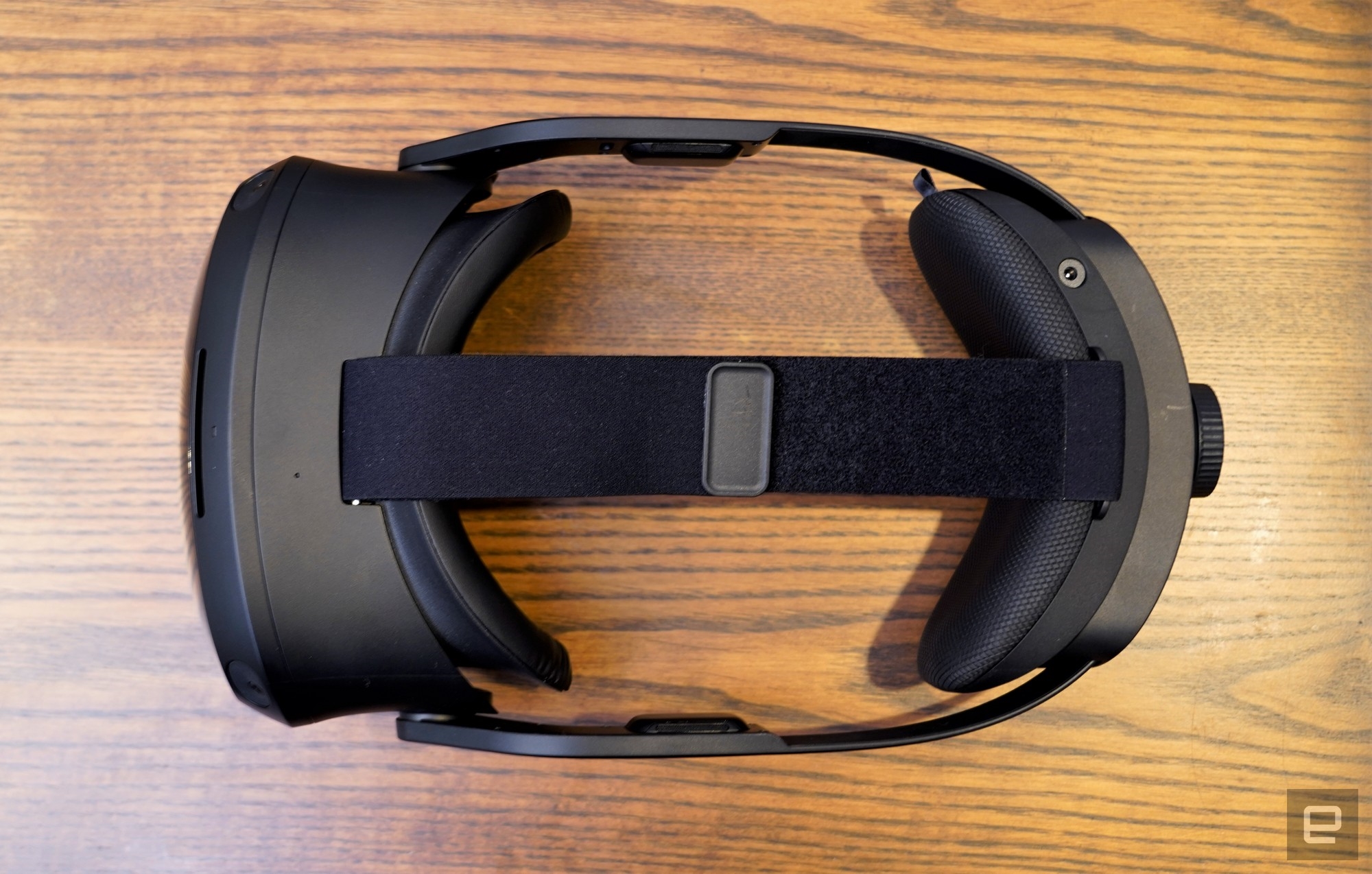
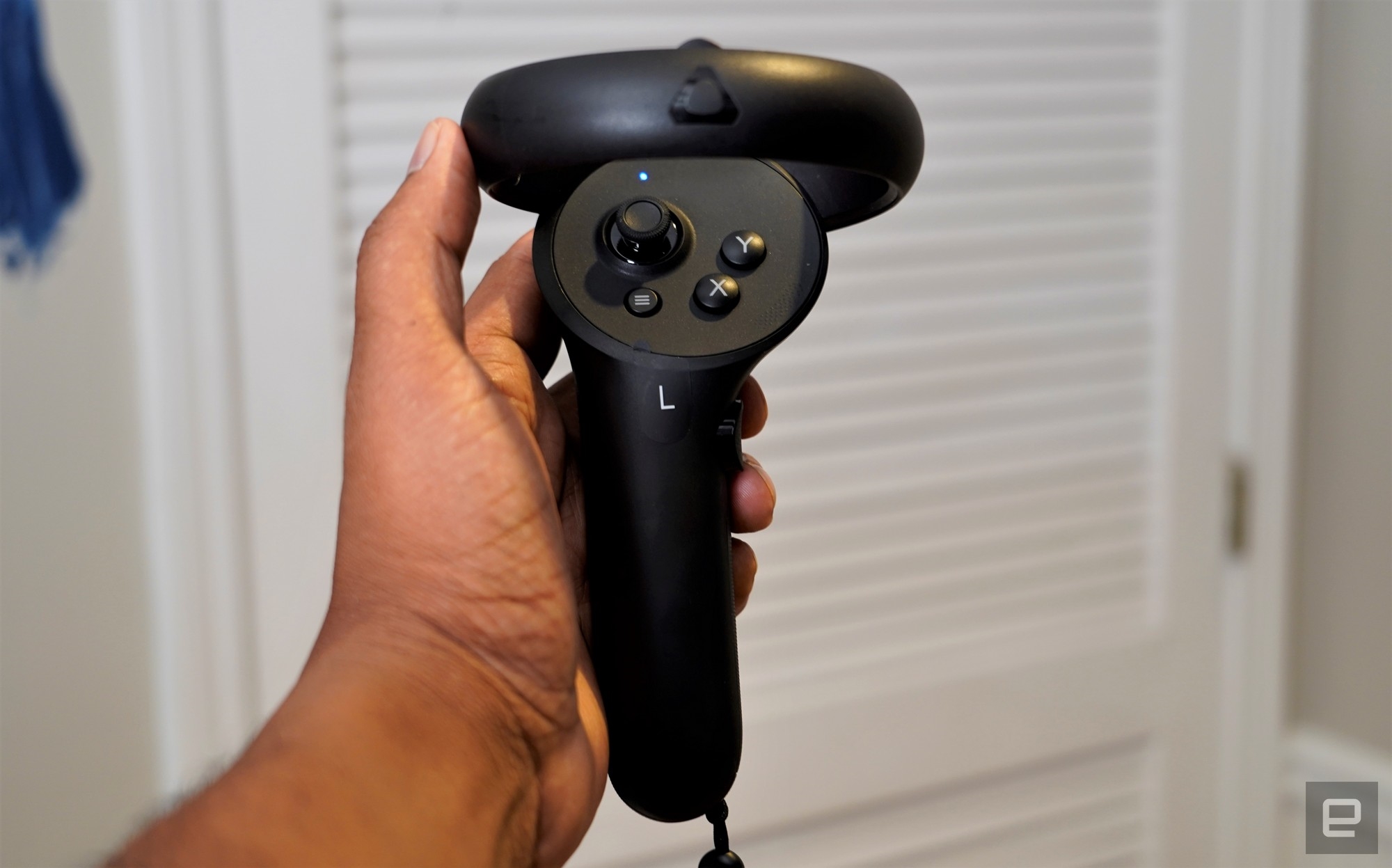
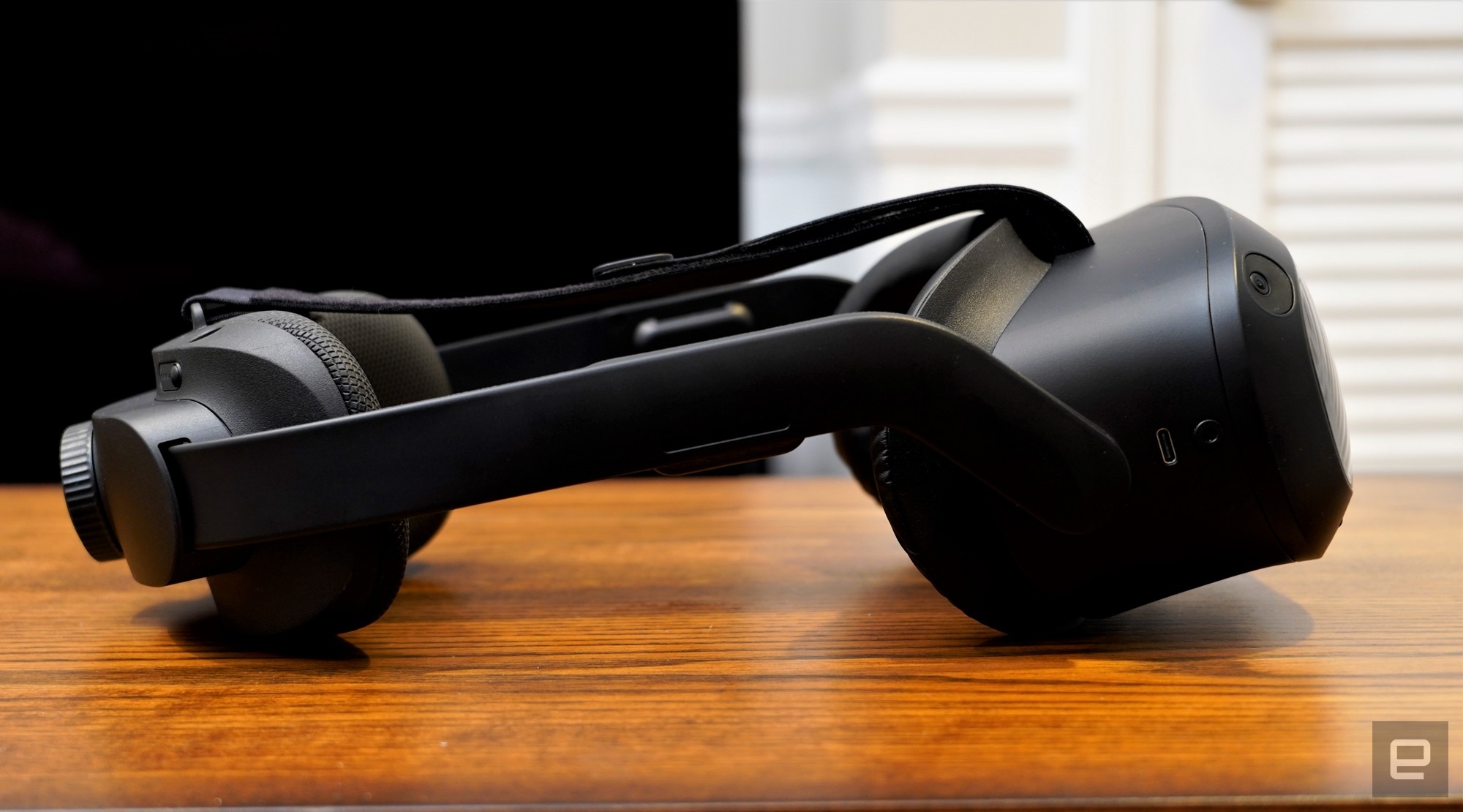
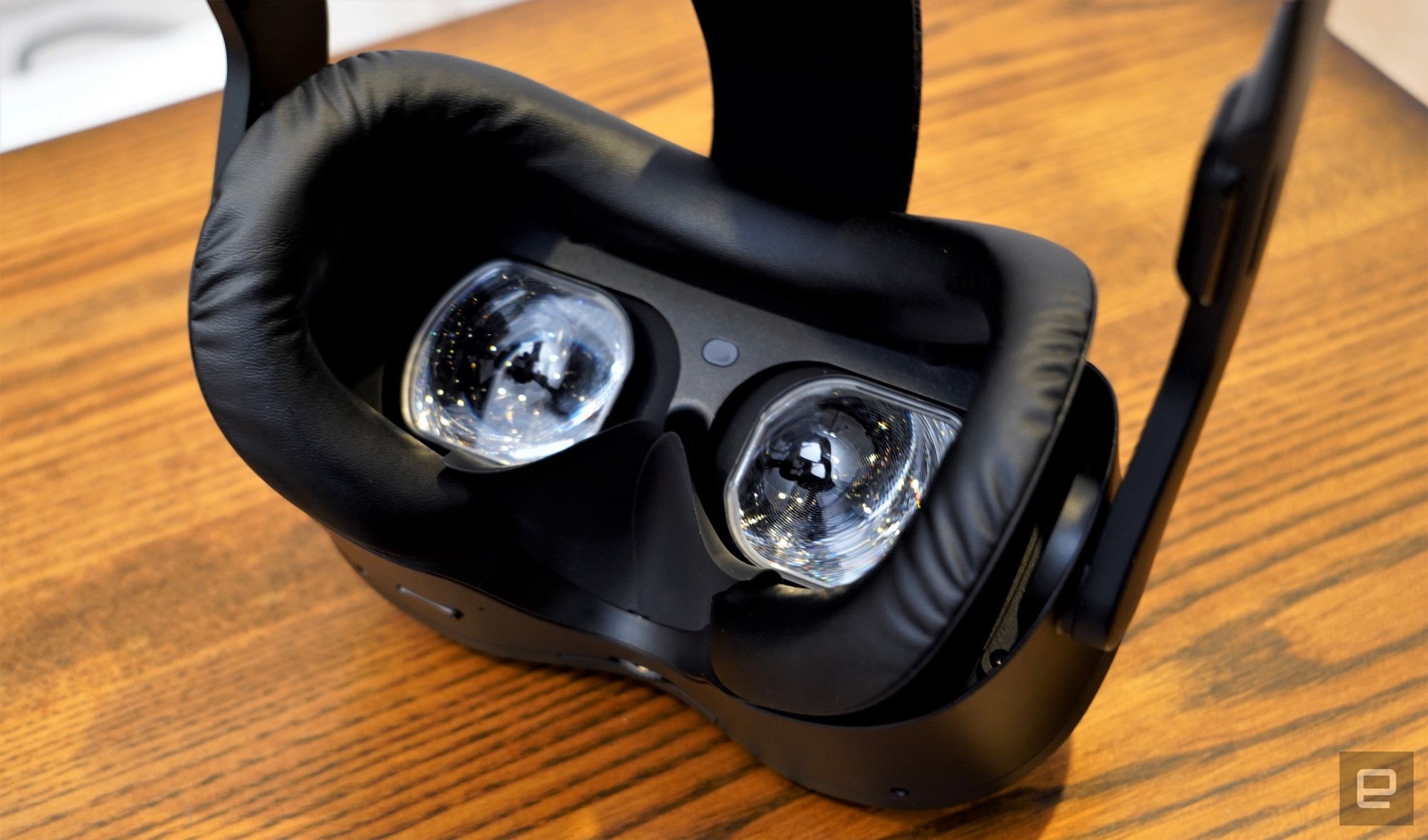 https://www.engadget.com/$ 1,300 devicefar less demanding when it comes to cablesHP Reverb G2Valve IndexVive Focus 3Cosmos headset was a disappointment last year’s Quest 2HTC ViveOculus Rift
https://www.engadget.com/$ 1,300 devicefar less demanding when it comes to cablesHP Reverb G2Valve IndexVive Focus 3Cosmos headset was a disappointment last year’s Quest 2HTC ViveOculus Rift
(35)

